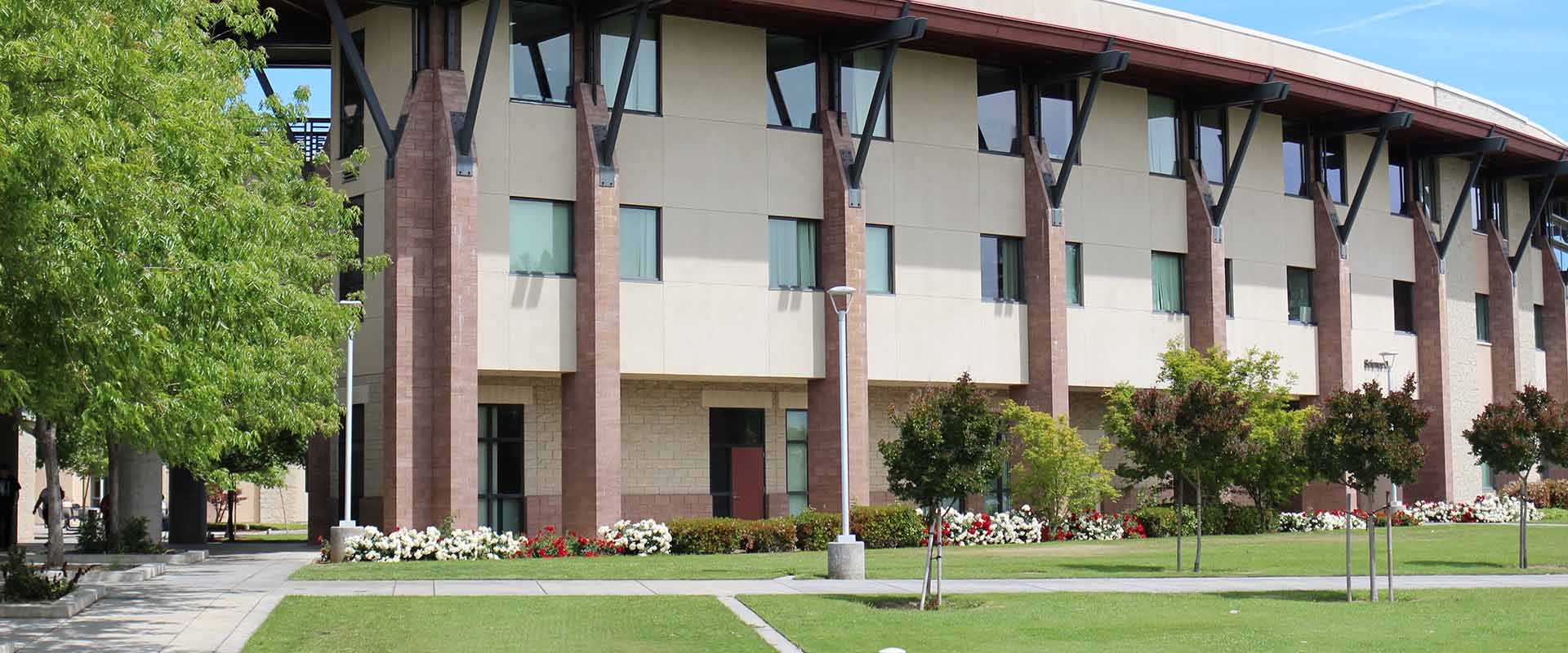New Grant Funding for HVAC and Plumbing Improvements to K-12 Schools

March 2021
Number 6
Signed by Gavin Newsom in September 2020, Assembly Bill 841 (AB 841) created the “School Energy Efficiency Stimulus Program” (the SEES Program) which, in turn, created two new grant programs intended to fund specific air quality, ventilation, energy efficiency, plumbing, and water efficiency improvements.
Funded by electric and gas companies, the SEES Program establishes: (1) the School Reopening Ventilation and Energy Efficiency Verification and Repair Program (SRVEVR); and (2) the School Noncompliant Plumbing Fixture and Appliance Program (SNPFA). The SEES Program will be administered by the California Energy Commission (CEC) and priority for both programs will be given to schools in “underserved communities” as defined in the program guidelines. Funding will be available for three years—from 2021 to 2023—as follows:
SRVEVR funding will be awarded to school districts and charter schools for HVAC assessment, maintenance, repair, and improvements designed to enable schools to reopen with improved air quality and ventilation systems. Where specified requirements are met, reimbursement for work already performed may be available under SRVEVR. As discussed below, schools awarded funding under SRVEVR will also be required to install carbon dioxide monitoring devices in classrooms.
SNPFA funding will be awarded to school districts, and charter schools for the replacement of plumbing fixtures and appliances that fail to meet water efficiency standards.
While the CEC is still developing guidelines for both programs, the following are statutory deadlines applicable to both programs:
SRVEVR and SNPFA grant awards are expected to be awarded under separate processes and separate applications must be submitted for each program in each funding round. LEAs may choose to participate in only one program or both programs. For the initial round of funding, CEC’s proposed guidelines indicate that only schools serving underserved communities may be included.
Under each program, schools will have 18 months to complete funded projects and an additional 3 months to submit final reporting documentation.
Neither AB 841, nor its proposed guidelines so far, specify a particular contractor selection process. Thus, it appears that multiple construction delivery methods can be utilized to complete projects funded under AB 841. We recommend reaching out to your legal counsel to determine the approach that is best suited for your school district.
A Note Regarding the Installation of Carbon Dioxide Monitoring Devices
The Division of State Architect (DSA) originally interpreted the language of AB 841 to require all existing classroomsin California to be equipped with CO2 monitors. However, in response to calls for clarification, DSA has issued a Bulletin revising its interpretation of the statutory language as only requiring installation of CO2 monitoring devices in classrooms for those school districts participating in the SRVEVR program.
Takeaways
The SEES Program creates two new grant programs pursuant to which funding will be available to LEAs for specific ventilation, energy efficiency, plumbing, and water efficiency improvements.
Districts interested in applying for funding under the SRVEVR and/or SNPFA programs should keep careful track of deadlines and review the CEC’s program guidelines and regulations when released. Participation in the SRVEVR and/or SNPFA programs will not prevent participation in other funding programs so long as certain requirements are met.
If you have any questions about these new grant programs, or for any school facilities funding or facilities and business issues, please contact one of the authors of this Client News Brief or an attorney at one of our eight offices located statewide. You can also subscribe to our podcast, follow us on Facebook, Twitter and LinkedIn or download our mobile app.
Number 6
Signed by Gavin Newsom in September 2020, Assembly Bill 841 (AB 841) created the “School Energy Efficiency Stimulus Program” (the SEES Program) which, in turn, created two new grant programs intended to fund specific air quality, ventilation, energy efficiency, plumbing, and water efficiency improvements.
Funded by electric and gas companies, the SEES Program establishes: (1) the School Reopening Ventilation and Energy Efficiency Verification and Repair Program (SRVEVR); and (2) the School Noncompliant Plumbing Fixture and Appliance Program (SNPFA). The SEES Program will be administered by the California Energy Commission (CEC) and priority for both programs will be given to schools in “underserved communities” as defined in the program guidelines. Funding will be available for three years—from 2021 to 2023—as follows:
SRVEVR funding will be awarded to school districts and charter schools for HVAC assessment, maintenance, repair, and improvements designed to enable schools to reopen with improved air quality and ventilation systems. Where specified requirements are met, reimbursement for work already performed may be available under SRVEVR. As discussed below, schools awarded funding under SRVEVR will also be required to install carbon dioxide monitoring devices in classrooms.
SNPFA funding will be awarded to school districts, and charter schools for the replacement of plumbing fixtures and appliances that fail to meet water efficiency standards.
While the CEC is still developing guidelines for both programs, the following are statutory deadlines applicable to both programs:
- On or before April 1, 2021: utilities and/or the CEC begin to solicit grant applications
- No later than May 1, 2021: the CEC will adopt program guidelines and regulations
- May 1, 2021: the CEC will begin accepting grant applications
SRVEVR and SNPFA grant awards are expected to be awarded under separate processes and separate applications must be submitted for each program in each funding round. LEAs may choose to participate in only one program or both programs. For the initial round of funding, CEC’s proposed guidelines indicate that only schools serving underserved communities may be included.
Under each program, schools will have 18 months to complete funded projects and an additional 3 months to submit final reporting documentation.
Neither AB 841, nor its proposed guidelines so far, specify a particular contractor selection process. Thus, it appears that multiple construction delivery methods can be utilized to complete projects funded under AB 841. We recommend reaching out to your legal counsel to determine the approach that is best suited for your school district.
A Note Regarding the Installation of Carbon Dioxide Monitoring Devices
The Division of State Architect (DSA) originally interpreted the language of AB 841 to require all existing classroomsin California to be equipped with CO2 monitors. However, in response to calls for clarification, DSA has issued a Bulletin revising its interpretation of the statutory language as only requiring installation of CO2 monitoring devices in classrooms for those school districts participating in the SRVEVR program.
Takeaways
The SEES Program creates two new grant programs pursuant to which funding will be available to LEAs for specific ventilation, energy efficiency, plumbing, and water efficiency improvements.
Districts interested in applying for funding under the SRVEVR and/or SNPFA programs should keep careful track of deadlines and review the CEC’s program guidelines and regulations when released. Participation in the SRVEVR and/or SNPFA programs will not prevent participation in other funding programs so long as certain requirements are met.
If you have any questions about these new grant programs, or for any school facilities funding or facilities and business issues, please contact one of the authors of this Client News Brief or an attorney at one of our eight offices located statewide. You can also subscribe to our podcast, follow us on Facebook, Twitter and LinkedIn or download our mobile app.
As the information contained herein is necessarily general, its application to a particular set of facts and circumstances may vary. For this reason, this News Brief does not constitute legal advice. We recommend that you consult with your counsel prior to acting on the information contained herein.




